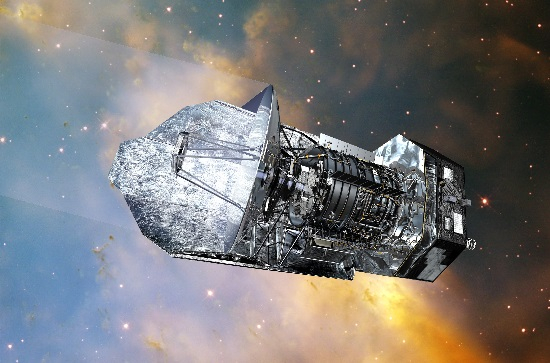
On-line Lecture by Dr. Neil Trappe
Department of Experimental Physics, Maynooth University
This is a non-technical talk suitable for all transition year, 5th year and 6th year students. The talk will be delivered via Zoom and you will have to register here:
Registration for Infrared Astronomy Talk.
Summary of the talk:
Infrared radiation (or heat) is electromagnetic radiation which sits between the optical part of the spectrum (light that we see with our eyes) and radio wave radiation (2FM, Today FM & your mobile phone). Astronomers have used light and radio waves for a long time for astronomy, but you can’t see everything just using normal light and radio waves. When you build an infrared telescope, you see new different objects that glow brightly in the infrared, but that are not possible to study with light. Star forming regions where new stars and planets form are best studied using infrared radiation.
In Maynooth University we design, model and test the telescopes to observe the Universe with infrared radiation. We are working in large international collaborations with the European Space Agency and NASA helping to develop better infrared telescopes. Infrared radiation is really interesting, because we can see star and planet formation, and investigate the complex chemistry of space to investigate the seeds of life and complex biology that exists in space (called astrobiology). In 2009 the European Space Agency launched an infrared telescope called the Herschel Space Observatory to make observations that cannot be done with traditional telescopes on Earth. Herschel carried the largest infrared telescope ever flown in space with a main mirror of 3.5 m diameter.
This talk is about why infrared astronomy is important, what an infrared telescope looks like, and we show some interesting examples of what we can learn. We will see some relevance of why studying Science (Physics, Chemistry, Biology) and Maths is really important here to understand the Universe, and to maybe learn how life started on Earth. One important question is where did all the water come from on Earth? Have other objects like comets and asteroids the same type of water?
Biography:
Dr. Neil Trappe graduated with a B.Sc. in Applied Physics from the University of Limerick before completing a Ph.D. in long wavelength optical analysis techniques in the Experimental Physics Department at NUI Maynooth. He has worked on the HIFI instrument for the European Space Agency’s Herschel Space Observatory (ESA PRODEX funded), Band 5 & 9 optical design for ALMA (SFI Research Frontiers funded) and currently is working on and managing a number of Technical Research Projects for the European Space Agency. This work is developing efficient analysis techniques, instrument design, and focal plane pixel architectures for future Cosmic Microwave Background space missions. He also recently obtained an SFI Infrastructure Award to establish a THz frequency measurement system.
